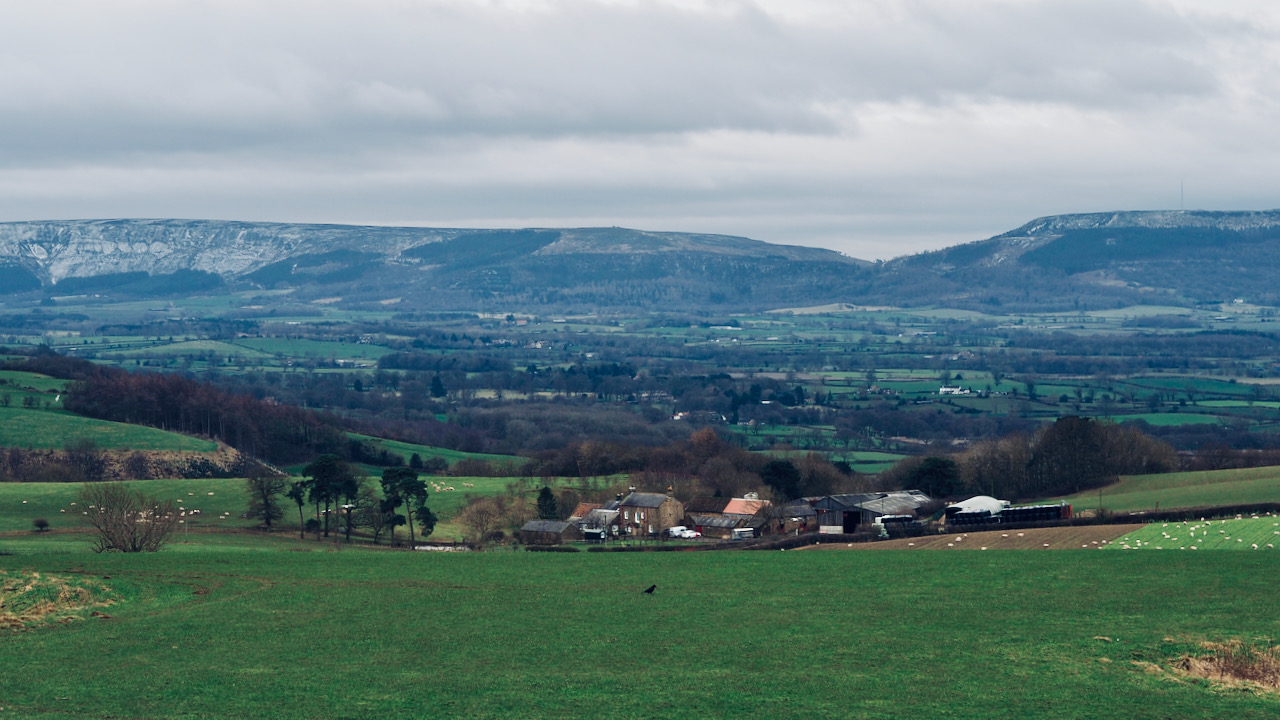A certain topic that has occupied my thoughts for some time is an Auxiliary Unit Patrol that was stationed in Great Ayton during World War II1Staybehinds.com. (2021). Great Ayton Patrol | British Resistance Archive (staybehinds.com). [online] Available at: https://www.staybehinds.com/patrol/great-ayton-patrol [Accessed 15 Dec. 2021].. This covert unit differed significantly from the stereotypical ‘Dad’s Army.’ I recall hearing at some point that, in the event of a German invasion, the anticipated life expectancy for these men, should they be deployed, amounted to a mere week. An informal name used was the “Scallywags”.
The Observation Base (OB) of the Patrol was stationed in Cliff Ridge Wood, situated within the mines linked to the whinstone quarry. Access was gained through a hidden trapdoor on the surface, descending to a tunnel segment that led to a central chamber. This chamber housed bunk beds and a table, along with an array of explosives and weaponry.
Following the war, numerous OBs met their end, meeting the fate of decommissioning and destruction. Astonishingly, Great Ayton managed to evade this fate and emerged from obscurity during the 1960s when a mining survey in the region was undertaken. The Army, with their usual panache, promptly filled it in and sealed the entrance to the shaft. Presently, there’s not a shred of evidence left for the onlooker. The hillside’s terrain has succumbed to the relentless advance of woodland, rendering it not un-impenetrable. While the NYM NP HER map offers a vague hint at its whereabouts, the ground itself is a very broken, with multiple re-entrants likely contenders2NYMNPA HER Record No: 18093..
Near Airyholme Farm, on the brink of the woods south of the main farm, there was also an Observation Post (OP). This spot would’ve had eyes on the nearby road and the South West approaches, extending to the North East. From this vantage point, one could take in the view of Roseberry Topping, the local hill and high point. Equipped with a field phone connected to the primary base, this OP, in my understanding, stands among the trees to the right of Aireyholme Farm in the today’s featured image. Again, I have searched and searched but have failed to find any hint.
The Auxiliary Units, also known as GHQ Auxiliary Units, were covert quasi-military squads meticulously trained by the British government in the Second World War. Their clandestine mission was to employ unconventional warfare tactics in the event of a potential invasion of the UK by Nazi Germany’s “Unternehmen Seelöwe.” Given the swift capitulation of several European nations, the UK stood alone in its ability to establish a complex guerrilla force in preparation for such an invasion.
The Great Ayton Patrol set its sights on the Esk Valley railway line from Whitby, the Yarm railway viaduct, and the strategic Port of Tees. In addition to these objectives, they would have aimed at military installations such as RAF Thornaby and RAF Middleton St. George, various war effort factories situated south of the Tees.
Joining an Auxiliary Unit was exceedingly secretive. Selection was an intimate knowledge of the local countryside, with a special emphasis on farmers and poachers. Maintaining the secrecy was crucial, and even from family members who could have been subject to reprisals should the worse happen.
In today’s’ age, with the hills and countryside being so popular, it is hard to imagine how an OB could have been constructed, supplied and maintained in absolute secrecy.
For the record, the members of the Great Ayton Patrol were:
| Name | Occupation |
|---|---|
| Lieutenant John Freeman Pain | Civil engineer |
| Private George W. Brown | Miner |
| Private Frederick George Forster | Hay & straw merchant |
| Private Cyril Raw | Office manager cashier |
| Private Ralph William Whitworth | Electrical engineer |
| Private Reginald Scoby Williamson | Pharmacist |
Great Ayton’s covert World War II Auxiliary Unit exemplifies resilience and bravery. The patrol, shrouded in secrecy, embodied British resolve against a potential German invasion. Today, its secret history stands as a testament to covert courage in a bygone era. Great Ayton’s wartime vigil echoes in the landscape, revealing glimpses of quiet heroism.
- 1Staybehinds.com. (2021). Great Ayton Patrol | British Resistance Archive (staybehinds.com). [online] Available at: https://www.staybehinds.com/patrol/great-ayton-patrol [Accessed 15 Dec. 2021].
- 2NYMNPA HER Record No: 18093.

Leave a Reply